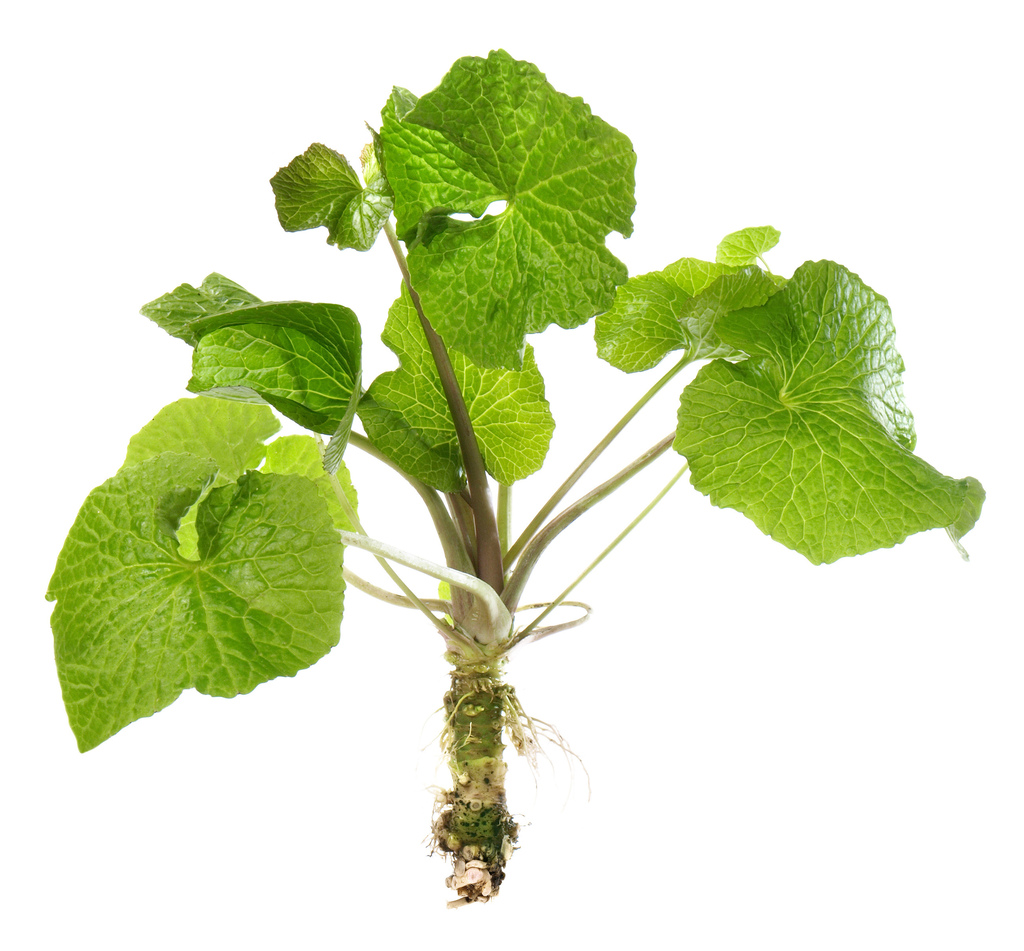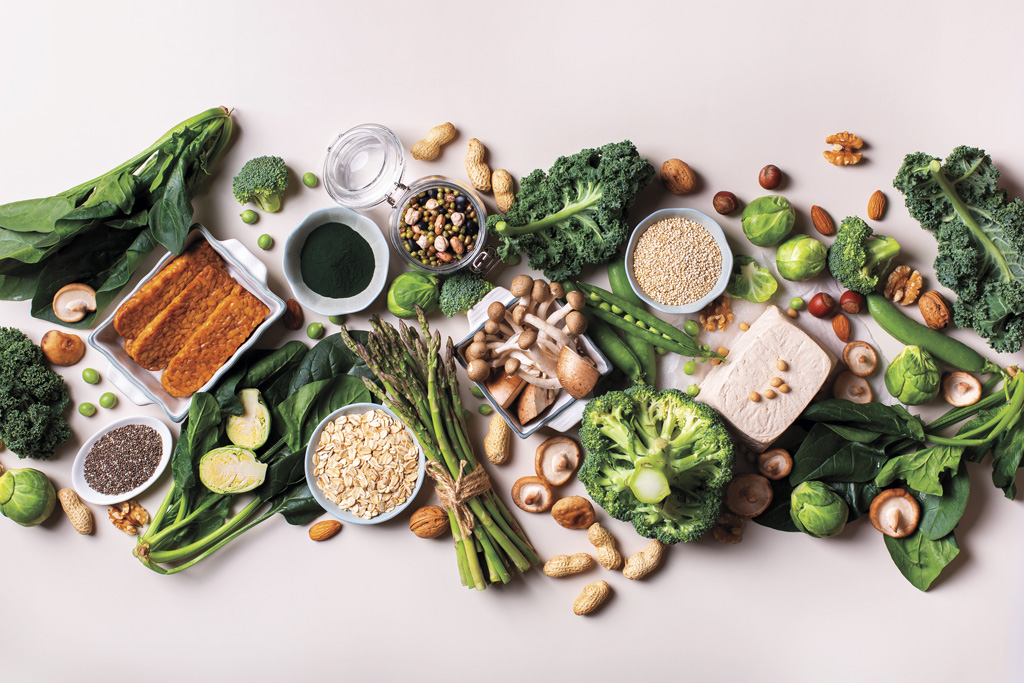Anyone who has ever set foot in a sushi restaurant knows what wasabi is. The vibrant green condiment is a necessity for some, while steadfastly avoided by the heat averse. But if the wasabi you’re being served is the fresh, real deal, there’s a surprisingly long journey it takes to get to the plate. Another unexpected factor: the fresh wasabi you’re enjoying in the Bay Area may be grown closer than you think.
Half Moon Bay’s foggy climate mirrors that of Japan’s enough to allow wasabi to grow and thrive here — under the right conditions. As Jeff Roller and Tim Hall, co-founders of Half Moon Bay Wasabi Company discovered, there’s a steep learning curve involved in farming Japanese horseradish. The plant needs plenty of shade, very clean water and just the right temperature. But in the 10-plus years the two have been growing wasabi, they’ve refined their technique, learning how to master the process.
Their success is especially impressive when you consider that both Hall and Roller came to wasabi farming as electricians looking for a new venture. It took them some time to find land to lease, and once they did, they had, as Roller says, “all kinds of trouble.” Insects and disease came for the plants, and they ultimately lost an entire crop before starting over and implementing changes to get themselves to where they are today. They now have wasabi plants consistently growing year-round and they harvest every Monday.
“On average it takes anywhere from 18 months to two years before the plants are ready to harvest,” says Roller. “In and of itself, it’s a huge challenge because it’s such a long-term crop.”
For something that takes so long to grow, the shelf life is quite short in contrast. Most of us never see it in its original form, but fresh wasabi has a root-like appearance and is grated to create a paste. “After you grate it, you wait five minutes for the chemical reaction,” says Roller, referring to the process where wasabi’s flavors develop. “And you usually have to eat it within half an hour after you grate it or the heat disappears.” That’s not always practical, so some chefs will pack it into a tight ball that can be used within a two-hour window. And it’s not only served with sushi; wasabi is a popular topping for yakitori skewers and steak, and Roller himself enjoys it on eggs.
As Half Moon Bay Wasabi Company started to thrive — it has six greenhouses now — the company expanded sales beyond the San Francisco restaurants they started with. They’ve sold wasabi to Sushi Ran in Sausalito and Morimoto Napa, but their customers can also be found in the kitchens of restaurants in Los Angeles and New York. And of course, there are the home chefs who are buying wasabi on the farm’s website to use for their own cooking.
“When you eat wasabi, it hits pretty hard,” says Roller. “But the heat dissipates pretty quickly and there’s a sweet aftertaste.” So, to those who are hesitant to partake of this particular offering next time they’re enjoying their nigiri, know that there’s more to wasabi than just heat. And considering how much goes into growing it and preparing it, it would be a shame not to savor it.











